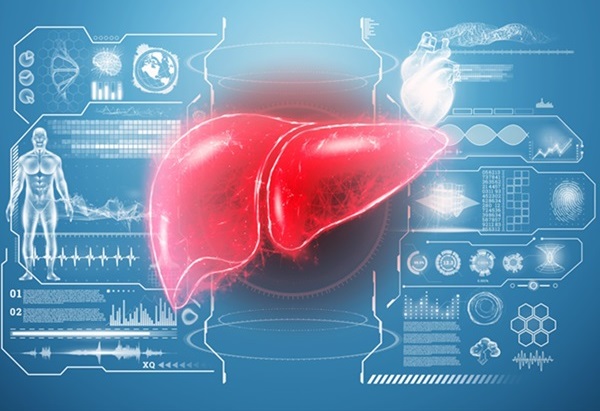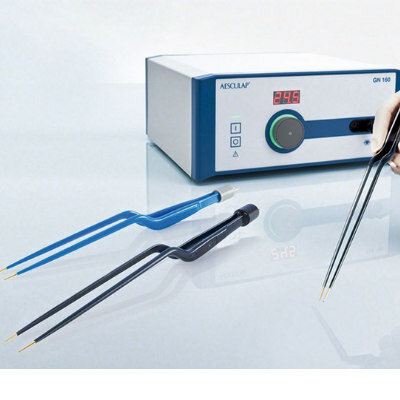New Tool Improves Liver Cancer Detection
|
By HospiMedica International staff writers Posted on 20 Nov 2024 |

Hepatocellular carcinoma (HCC), a form of liver cancer, is the sixth most prevalent cancer globally and the third leading cause of cancer-related deaths. Current screening for HCC typically targets individuals with viral hepatitis or those with irreversible liver damage, such as cirrhosis. However, due to rising obesity rates, a new risk factor, metabolic dysfunction-associated steatotic liver disease (MASLD), has emerged but is not currently included in screening protocols. To address this gap, researchers have developed and validated a new risk score for HCC that incorporates MASLD along with other key factors.
A research team from Yale School of Medicine (New Haven, CT, USA) and the University of Pennsylvania (Philadelphia, PA, USA) conducted a cohort study utilizing data from over six million adults in the Veterans Health Administration (VA) electronic health records. They excluded individuals with known hepatitis B or C infections or decompensated cirrhosis. For their analysis, they selected one outpatient visit per patient from 2007 to 2020, collecting variables such as age, sex, race, body mass index, FIB-4 (a measure of liver fibrosis), and information about diabetes, smoking, and alcohol consumption. The study tracked these patients until they were diagnosed with HCC, died, or the study concluded. Out of the 6,508,288 individuals studied, 15,142 developed hepatocellular carcinoma. The findings, published in JAMA Network Open, highlight the development and validation of a new risk score for HCC.
While FIB-4 proved to be the most important variable for predicting the risk of liver cancer, other factors such as obesity and diabetes also showed a strong and independent correlation with the disease’s incidence. FIB-4, which has previously been validated for viral, alcoholic, and steatotic liver diseases, was broken down into its individual components—AST, ALT, platelets, and age—and continuous, rather than categorical, variables were used in the final model. This approach significantly enhanced the accuracy of the prediction model.
The goal of this new risk score is not to identify one single factor as the most significant, but to assess the combined effect of multiple factors that contribute to the risk of HCC in individuals, showcasing the potential of precision medicine. The researchers found that their risk score outperformed FIB-4 alone, offering higher sensitivity and positive predictive value, and it also revealed a gradient of risk among patients with specific FIB-4 scores. The team aims to validate this risk score in other healthcare settings beyond the VA, with the ultimate aim of improving primary care practices. The variables used in this study are easily measurable in routine primary care, and the researchers hope this will help patients better understand the modifiable risk factors for liver disease.
“Factors such as smoking and obesity not only contribute to the development of cardiovascular disease but also to liver disease,” said Amy Justice, MD, PhD, C.N.H. Long Professor of Medicine (general medicine) at Yale School of Medicine and one of the principal investigators of the study. “Recognition and modification of these risk factors is essential to improving health outcomes.”
Channels
Surgical Techniques
view channelNovel Endoscopy Technique Provides Access to Deep Lung Tumors
Detecting lung cancer early can save lives, but diagnosing small tumors deep in the outer regions of the lungs remains a major clinical challenge. Although CT scans frequently identify tiny suspicious... Read more
New Study Findings Could Halve Number of Stent Procedures
When a coronary artery becomes acutely blocked during a heart attack, opening it immediately is essential to prevent irreversible damage. However, many patients also have other narrowed vessels that appear... Read morePatient Care
view channel
Revolutionary Automatic IV-Line Flushing Device to Enhance Infusion Care
More than 80% of in-hospital patients receive intravenous (IV) therapy. Every dose of IV medicine delivered in a small volume (<250 mL) infusion bag should be followed by subsequent flushing to ensure... Read more
VR Training Tool Combats Contamination of Portable Medical Equipment
Healthcare-associated infections (HAIs) impact one in every 31 patients, cause nearly 100,000 deaths each year, and cost USD 28.4 billion in direct medical expenses. Notably, up to 75% of these infections... Read more
Portable Biosensor Platform to Reduce Hospital-Acquired Infections
Approximately 4 million patients in the European Union acquire healthcare-associated infections (HAIs) or nosocomial infections each year, with around 37,000 deaths directly resulting from these infections,... Read moreFirst-Of-Its-Kind Portable Germicidal Light Technology Disinfects High-Touch Clinical Surfaces in Seconds
Reducing healthcare-acquired infections (HAIs) remains a pressing issue within global healthcare systems. In the United States alone, 1.7 million patients contract HAIs annually, leading to approximately... Read moreHealth IT
view channel
EMR-Based Tool Predicts Graft Failure After Kidney Transplant
Kidney transplantation offers patients with end-stage kidney disease longer survival and better quality of life than dialysis, yet graft failure remains a major challenge. Although a successful transplant... Read more
Printable Molecule-Selective Nanoparticles Enable Mass Production of Wearable Biosensors
The future of medicine is likely to focus on the personalization of healthcare—understanding exactly what an individual requires and delivering the appropriate combination of nutrients, metabolites, and... Read moreBusiness
view channel
Philips and Masimo Partner to Advance Patient Monitoring Measurement Technologies
Royal Philips (Amsterdam, Netherlands) and Masimo (Irvine, California, USA) have renewed their multi-year strategic collaboration, combining Philips’ expertise in patient monitoring with Masimo’s noninvasive... Read more
B. Braun Acquires Digital Microsurgery Company True Digital Surgery
The high-end microsurgery market in neurosurgery, spine, and ENT is undergoing a significant transformation. Traditional analog microscopes are giving way to digital exoscopes, which provide improved visualization,... Read more
CMEF 2025 to Promote Holistic and High-Quality Development of Medical and Health Industry
The 92nd China International Medical Equipment Fair (CMEF 2025) Autumn Exhibition is scheduled to be held from September 26 to 29 at the China Import and Export Fair Complex (Canton Fair Complex) in Guangzhou.... Read more















